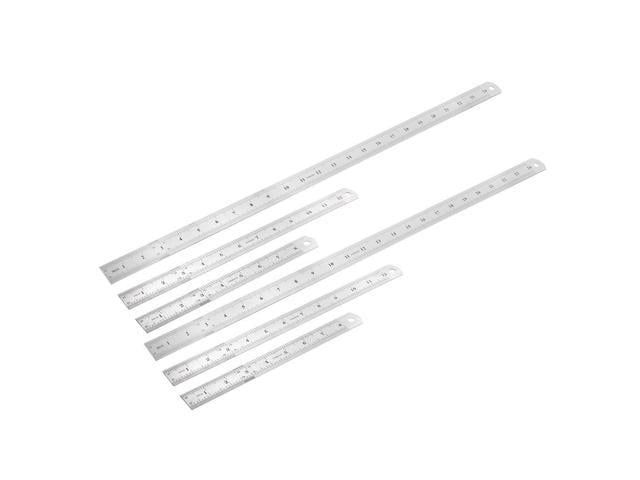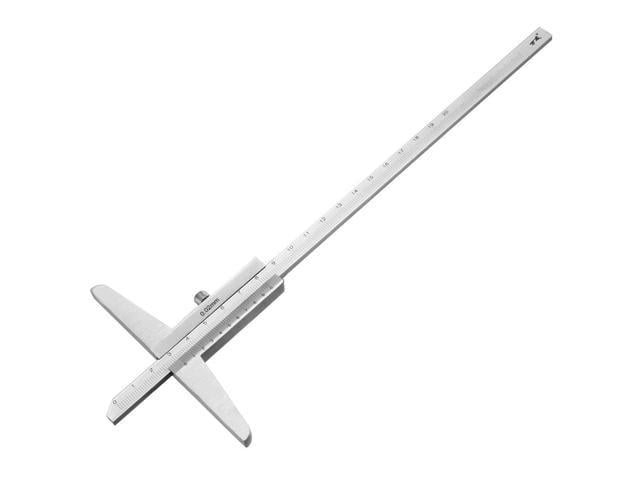Excerpt from Progressive Steps in Architectural Drawing
In presenting this work it has been the purpose of the writer to follow a definite system of draughtsmanship, and to explain the various steps taken so that they will act as a guide to the young student-draughtsman. As a rule the student knows how the finished product should appear, but seldom has he any definite idea of how best to obtain this result. He will find himself drawing line after line without their hav ing any meaning to him; in some cases using another drawing as an example, count ing the lines of the cornice, belt course or other details and laying great stress on the number of lines used, but knowing little of their meaning or effect.
Very often in the classroom the student will be found working earnestly over unimportant features of the plan or elevation before he has worked out broadly the whole drawing. This often brings his work to an abrupt stop, and he has no idea of how to proceed with his drawing in a practical manner. Had the student blocked out the plans and elevations in their entirety, he would have at once obtained a grasp of the problem which would have enabled him to carry out his work to a success ful completion.
The experienced draughtsman must not judge the beginner too severely for any mistakes which he may make. The student is practically learning a new language, and therefore he must acquire the proper pronunciation and meaning of the words, step by step, before he can readily talk (or draw) with his pencil in a creditable manner.
About the Publisher
Forgotten Books publishes hundreds of thousands of rare and classic books. Find more at www.forgottenbooks.com
This book is a reproduction of an important historical work. Forgotten Books uses state-of-the-art technology to digitally reconstruct the work, preserving the original format whilst repairing imperfections present in the aged copy. In rare cases, an imperfection in the original, such as a blemish or missing page, may be replicated in our edition. We do, however, repair the vast majority of imperfections successfully; any imperfections that remain are intentionally left to preserve the state of such historical works.















